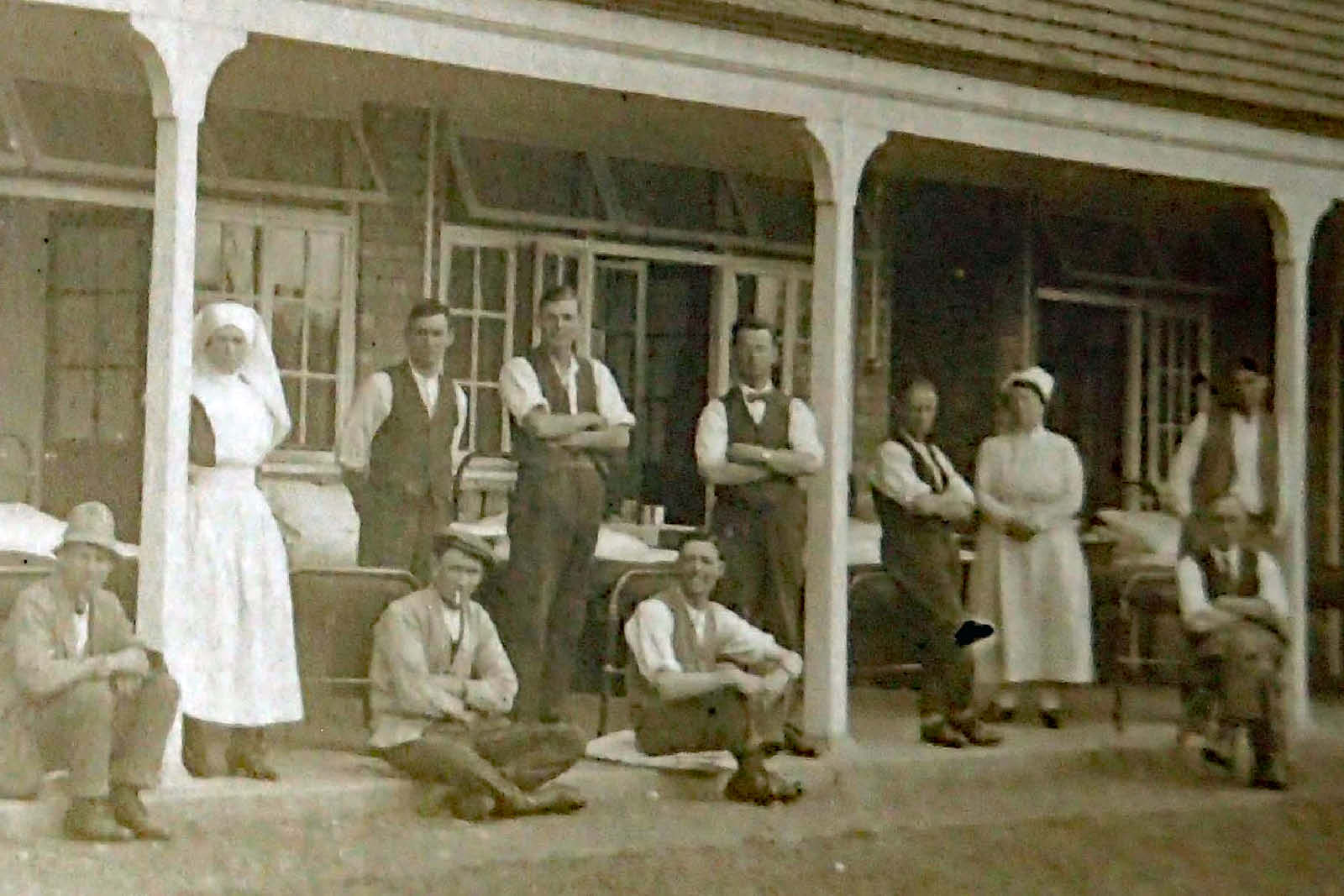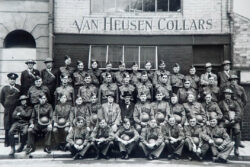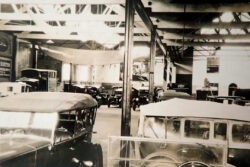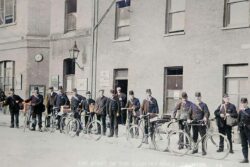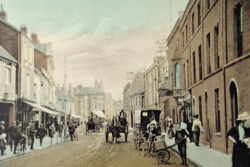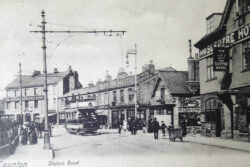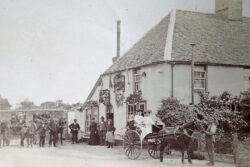As we are living in remarkable times I thought that I would look at some local historical parallels. This image shows the Isolation Hospital at Cheddon Road around 1925. Most of the patients you see in the image will be recovering from TB (Tuberculosis ).
The Taunton and District Joint Isolation Hospital ran until 1945. From 1919 to 1961 it was partnered by the Quantock Lodge Sanitorium which essentially became redundant due to the rise in antibiotic treatments.
The Taunton hospital was built 1878 -79 and with later additions included a laundry, nurse’s hostel, office, pavilion ward block ( shown in the image ), ward block, and porter’s lodge. The hospital plan was based on a military-style hospital and other pavilion-style hospitals though it is an unusual overall design.
From 1945 to 1965 the hospital operated as the Taunton Isolation and Chest Hospital. It closed in 1986 after amalgamating with East Reach and Musgrove Hospitals. Early on East Reach Hospital had a small pavilion ward overlooking gardens on the East side.
Infectious diseases have become part of everyday life for centuries. How we cope and deal with them has changed and still open to much debate. In the 1930’s Cheddon Road mostly dealt with TB cases which were particularly prevalent in the 1930s.
Like Covid-19 it can be spread by droplets and particularly affects the lungs. In later years the hospital treated other diseases like Scarlet Fever. TB was previously known as “ Consumption “. Its origins date back 9,000 years.
Vaccination and treatment curtailed TB and you may remember your BCG injection from your schooldays.BCG was introduced in 1953 and by 1956 300,000 UK school children had been vaccinated. In more recent years there has been a resurgence in TB cases as drug-resistant strains have appeared.
1957-1959 saw the emergence of another pandemic in the UK. In some ways it parallels that of today. I remember the Asian Flu well. Myself and Mum and Dad were too ill to even help each other. There were upwards of 9 million cases in the UK with a directly associated mortality rate of 9,000.
Vaccination and treatment curtailed this outbreak but it re-emerged in a different form in 1968 with more serious consequences. Even in later years, we have seen other such problems appear. All of this is exacerbated by the way society has evolved. We are much more mobile now. More reliant on technology and far less self-supportive than we used to be. If anything history teaches us that nothing is really ‘new’. Things re occur politically, socially, medically, and in other ways. Ultimately we have to adjust our lives, learn to cope, and move forward. The current pandemic will pass but will not be the end of a cycle going back over 9,000 years.
By Nick Chipchase
